How Are Zinc Pennies Copper Plated?
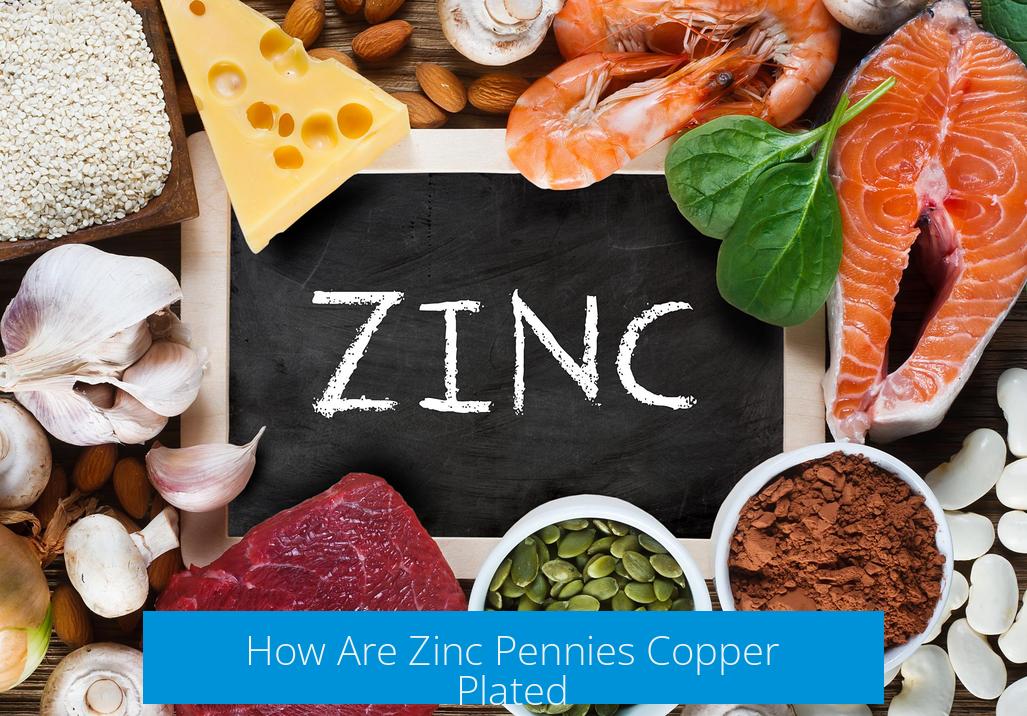
Zinc pennies are not simply electroplated; they are copper-clad through a lamination process, where a thin layer of copper is bonded over a zinc core. This cladding produces the characteristic appearance and durability of the coins.
Cladding vs Electroplating
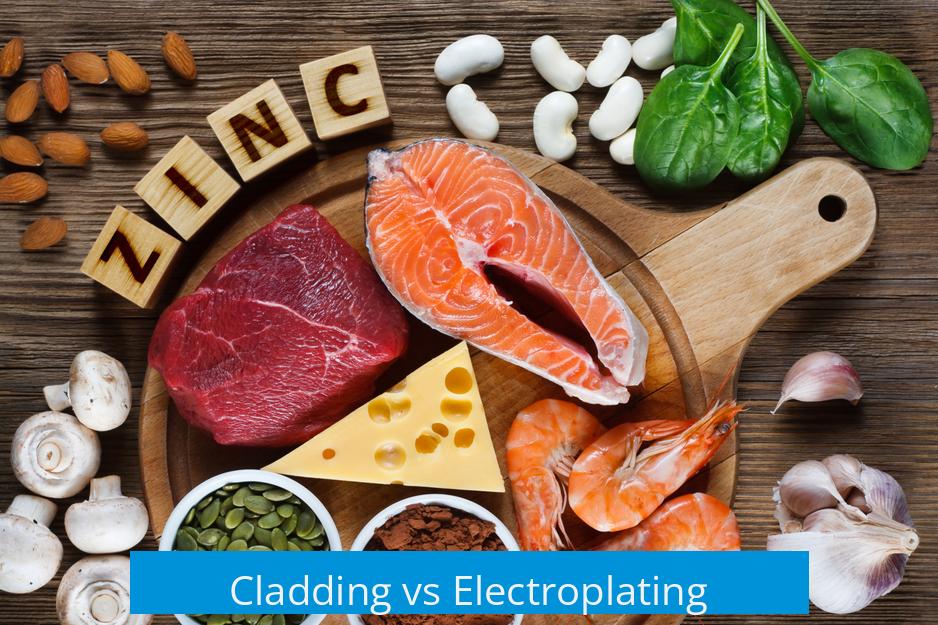
The copper layer on zinc pennies is created by cladding rather than traditional electroplating. In cladding, a preformed thin copper sheet is physically bonded to the zinc core. This differs significantly from electroplating, where copper ions are deposited onto a surface through an electrochemical process.
Some coins or zinc die castings might be electroplated with around 20 microns of copper, but the pennies use a cladding method, ensuring consistent copper coverage.
Electroplating Process Considerations
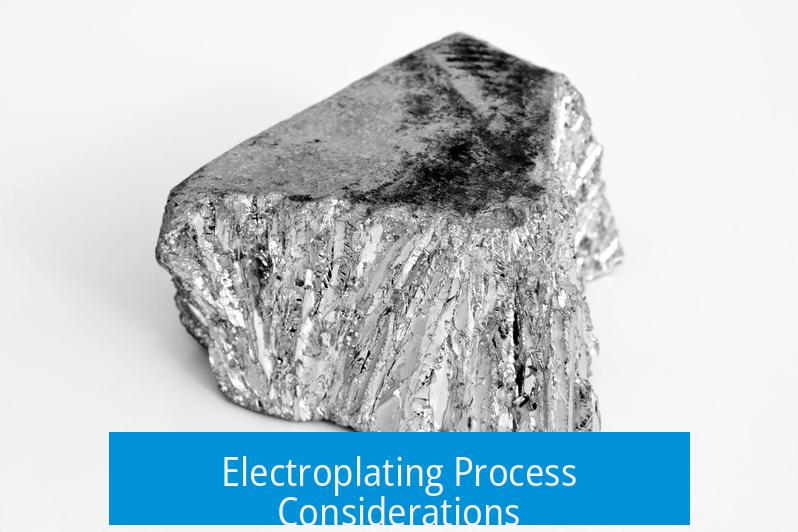
When electroplating copper onto zinc parts in general, two common bath types are cyanide-based and alkaline copper baths. Cyanide baths are known for their effectiveness in producing durable copper coatings but are less frequently discussed due to safety concerns. Alkaline copper baths are less common as they involve more complex and costly procedures.
For coin manufacturing, such complex electroplating processes are typically not used due to the need for precision and cost-effectiveness. Hence, cladding is preferred.
Surface Preparation and Finishing
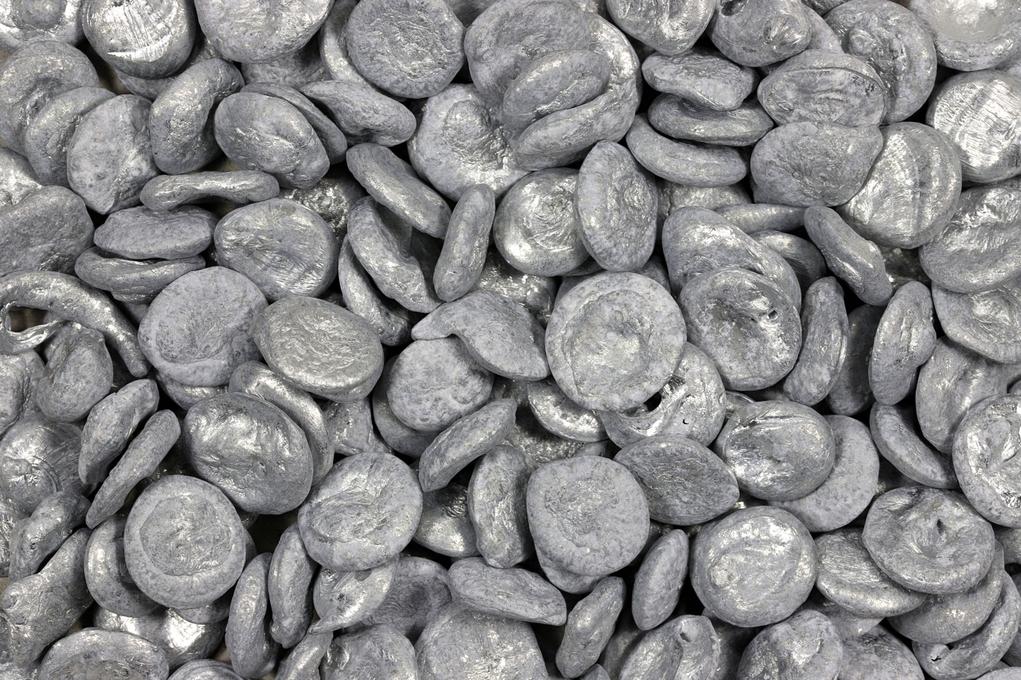
Surface preparation is crucial for high-quality copper finishes on zinc components. Initially, zinc die castings undergo polishing and buffing processes—commonly called a “copper buff” step—to create a smooth surface. This polishing removes imperfections and prepares the metal for bonding or plating.
After copper cladding or plating, a secondary buffing further smooths the copper surface, improving the coin’s appearance and tactile quality.
Summary of Copper Cladding on Zinc Pennies
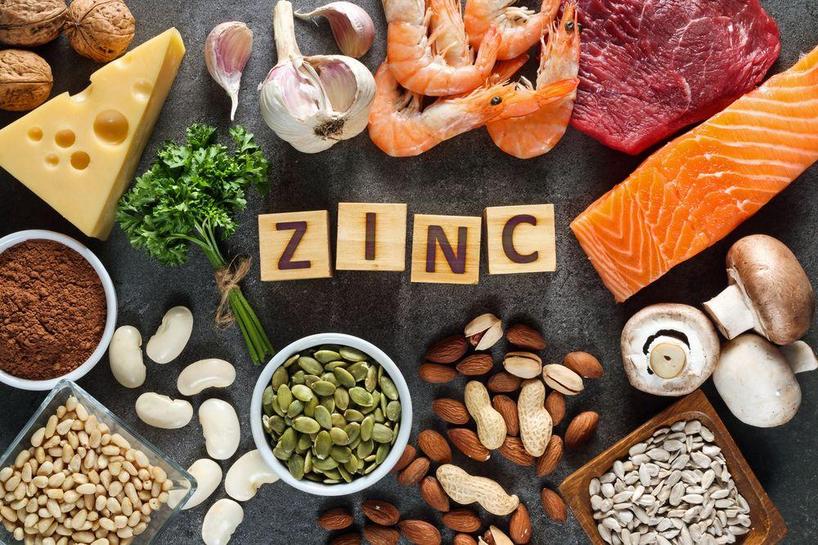
- Zinc pennies consist of a zinc core cladded with a thin copper layer.
- Cladding involves bonding copper sheets, not conventional electroplating.
- Electroplating methods use cyanide or alkaline copper baths, but these are less relevant for pennies.
- Surface polishing before and after copper application ensures a smooth finish.
- Buffing steps are essential to remove surface flaws and enhance aesthetics.
How Are Zinc Pennies Copper Plated?

Zinc pennies are not electroplated but copper-plated through a process called cladding, where a thin layer of copper is bonded onto a zinc core to create what we recognize as modern pennies. This distinction is crucial because most people assume the penny’s copper exterior is achieved by electroplating, but the actual technique involves mechanically bonding copper to zinc. Let’s dive deeper into this fascinating process and uncover why cladding is the method of choice.
First, a quick history refresher. Since 1982 in the U.S., pennies have been made mostly of zinc, a cheaper core metal, with a very thin copper outer layer. This switch happened due to rising copper costs. The main trick was to produce pennies that look and feel like pure copper coins but cost less to make. Enter the technique of cladding.
Cladding vs Electroplating: What’s the Difference?
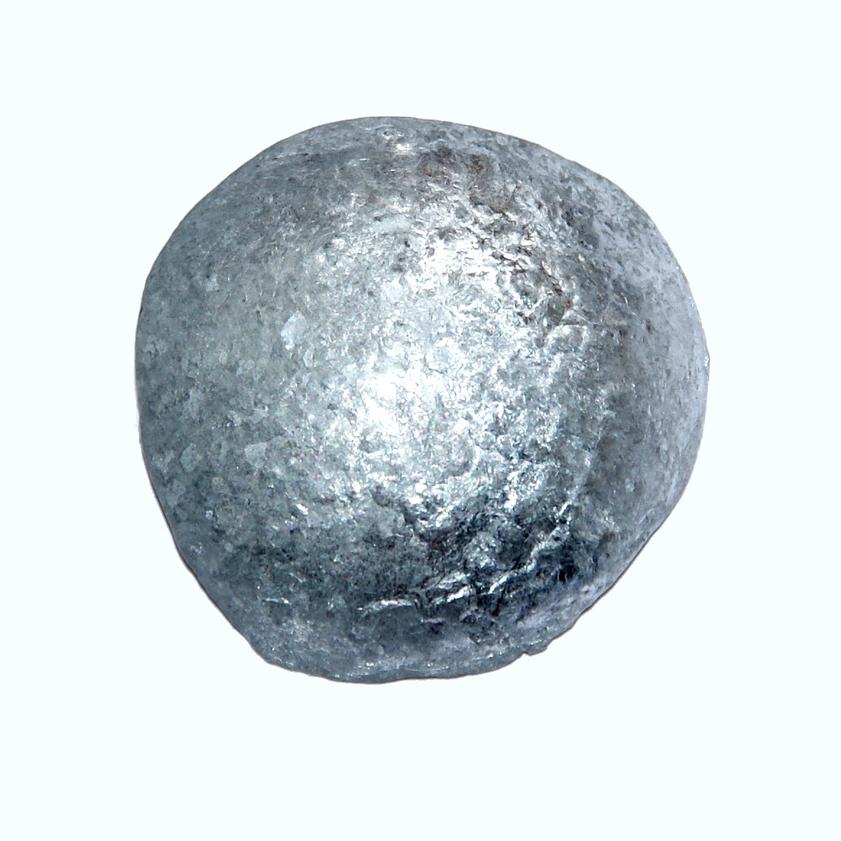
The term “copper plating” often conjures images of baths and electric currents pushing copper ions onto a surface. While some metals are electroplated with a copper coat, zinc pennies primarily undergo cladding. This method sandwiches a layer of copper around a zinc core under heat and pressure, creating a unified coin.
This is not electroplating but rather a metallurgical bonding process. That means the penny core and exterior are fused rather than coated by copper ions deposited electrically. Cladding ensures durability because the copper is physically attached instead of just sitting on the surface as plating might.
However, to talk strictly about copper plating, electroplating techniques typically involve copper baths where the item is placed and copper ions are deposited electrochemically. In some specialized applications, zinc die castings are electroplated with copper layers around 20 microns thick. This plating gives a shiny finish but is not what happens with pennies.
The Role of Electroplating and Why It Isn’t Used for Pennies
When people discuss copper plating on zinc, the idea of electroplating pops up. Electroplating usually employs cyanide or alkaline copper baths. Though cyanide baths sound intimidating — and yes, they are toxic — they remain standard because they provide a robust, uniform copper deposit.
Alkaline copper baths exist but are less common as they tend to be pricey and technically complex. Despite this, zinc die castings in industries other than coinage might get copper electroplated followed by polishing routines.
For instance, before copper plating zinc die cast parts, surface preparation is key. A polishing and buffing step called a “copper buff” preps the surface for plating. Post-plating, parts get buffed again to smooth any imperfections and enhance shine. This extra care boosts the surface quality for visual appeal and longevity.
The Practicality of Cladding for Pennies
So why do pennies get cladded, not electroplated? Cost and efficiency play big roles. Cladding allows manufacturers to produce mass quantities with consistent thickness, appearance, and durability. Electroplating 20 microns of copper onto a zinc core could be time-consuming and costly at scale.
Moreover, the bond created by cladding withstands the wear and tear pennies endure daily. Try peeling electroplated copper off a zinc coin, and you’ll likely just chip at the copper layer. But a clad penny fuses the metals into a single piece, resisting such failure.
What’s the Thickness of the Copper Layer?
While cladding is mechanical bonding, the copper layer is very thin, much like electroplating layers that can be around 20 microns. This thin copper skin preserves the penny’s authentic look and feel at a fraction of the cost of solid copper pennies pre-1982.
For perspective, 20 microns is about one-fiftieth the thickness of a human hair. That’s thin enough to save materials but thick enough for wear resistance and aesthetics.
Why Does This Matter to You?
If you’re a coin collector, this is gold—or rather copper—knowledge! Recognizing that your zinc pennies are clad copper changes how you value coins, spot fakes, or choose cleaning strategies. Cleaning a clad penny is tricky since you don’t want to remove that thin copper layer and expose the zinc core beneath.
For manufacturers, the cladding process exemplifies efficient resource use. The U.S. Mint can mass-produce durable, cost-effective coins that visually mimic an all-copper penny. This reduces production costs while offering a reliable product.
Bonus: Digging Deeper with a Video
For those craving more visuals, this plating video shows the electroplating process on zinc parts, demonstrating the polishing steps and copper layering. While not specifically pennies, it gives a practical look at copper plating and surface prep methods involved in related industries.
In Summary
- Pennies are copper-plated using a cladding process, bonding a thin copper layer to a zinc core; it’s different from electroplating.
- Electroplating copper onto zinc involves cyanide or alkaline baths but is complicated and expensive for mass penny production.
- Surface preparation, including polishing and buffing, dramatically improves copper plating quality on zinc die cast parts.
- Post-plating buffing smooths the surface, enhancing the finish’s aesthetics and durability.
- Cladding creates a durable, cost-effective copper layer about 20 microns thick, allowing pennies to look authentic while saving costs.
So next time you flip a penny, remember: that shiny copper you see is actually a carefully fused, thin copper skin on a zinc core, showcasing clever engineering and manufacturing magic.
How does cladding differ from electroplating for copper plating zinc pennies?
Cladding bonds a thin copper layer mechanically. Electroplating deposits copper chemically. Zinc pennies use cladding, not electroplating, to apply copper.
What type of copper plating bath might be used in electroplating zinc pennies?
Cyanide copper baths are often used. Alkaline baths are more complex and costly, so they’re less common in penny plating.
Why is polishing important before copper plating on zinc pennies?
Initial polishing removes surface imperfections. This step, called ‘copper buff,’ prepares zinc for a smooth, even copper layer.
What finishing steps occur after copper plating zinc pennies?
After plating, pennies undergo another buffing. This smooths the copper surface and improves the penny’s appearance.
Is the copper layer on zinc pennies thick or thin?
The copper layer is about 20 microns thick. This provides enough coverage to imitate the look of pure copper pennies.


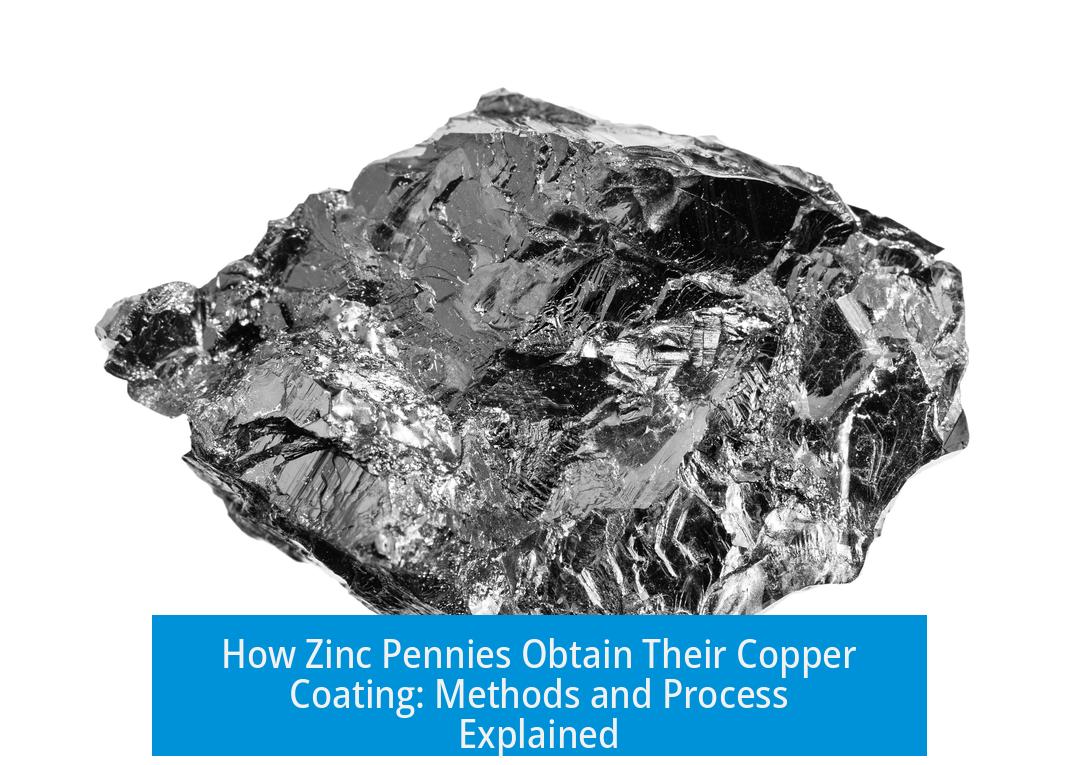
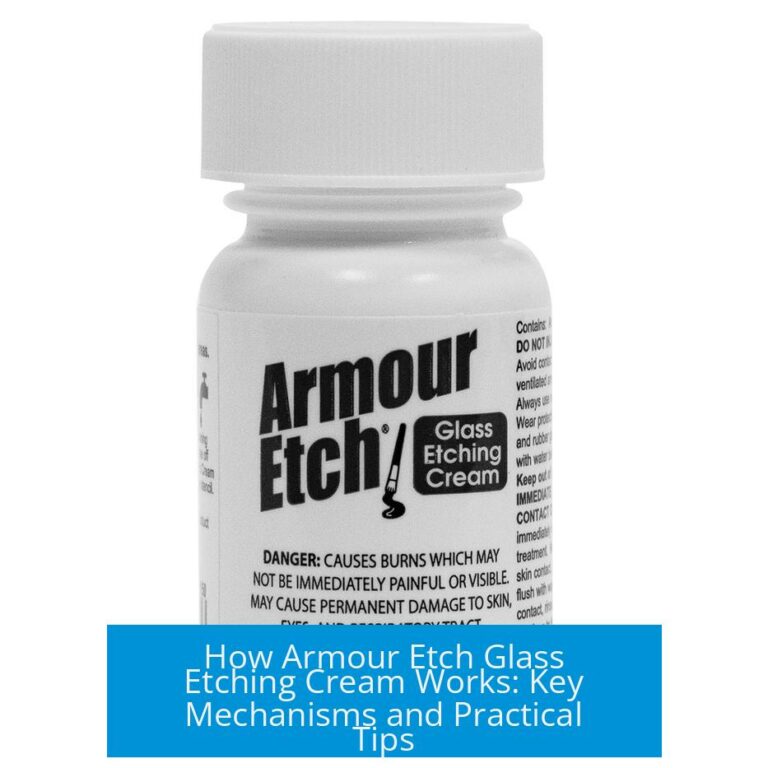

Leave a Comment